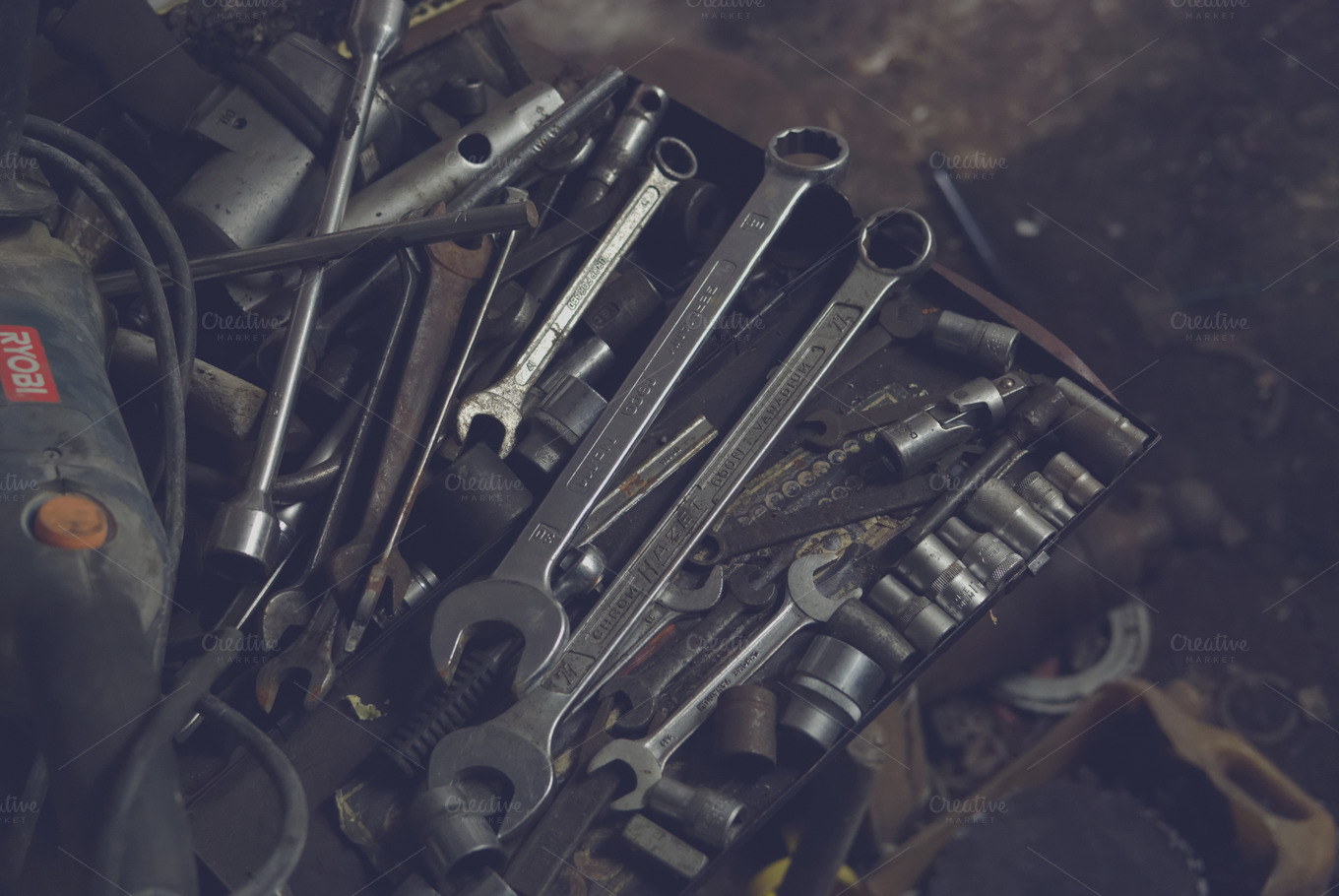When the temperatures drop, winter tires have better traction on snowy and icy roads than all-season tires, thanks to special tread compounds that stay flexible and grippy even in very cold weather. In some cases, grip and traction can be improved even more with studded tires. These tires feature metal studs that dig into snow or ice, and may improve acceleration and braking in these conditions.
Metal studs should only be installed in new tires that are molded for studs. And like all winter tires, studded tires should be used on all four wheels of a vehicle.
So which is better, studded tires or winter tires? It depends. According to Pemco Insurance, studies show that studded tires perform best on clear ice in temperatures around the freezing mark, while winter tires deliver the best handling and braking when the temperature is below freezing, on both wet and dry pavement.
If you think you’d like to try out a set of studded tires, there are a few other things to take into consideration, number one being where you live. Metals studs are prohibited in 11 states — Alabama, Florida, Hawaii, Illinois, Louisiana, Maryland, Michigan, Minnesota, Mississippi, Texas, and Wisconsin (some of these states allow tires with rubber studs; Maryland allows studs only in certain counties). Only six states permit the use of studded tires without restriction: Colorado, Kentucky, New Hampshire, New Mexico, Vermont, and Wyoming. Most of the remaining states allow studded tires with date restrictions. In Ohio State studded tires are permitted from November 1 – April 15. If you decide to use studded tires, be sure to follow your state’s law or risk paying a hefty fine. See the chart below for detailed studded tire laws for each state.
The second thing you need to know about studded tires is that they’re very hard on roads. The Washington State Department of Transportation claims that studded tires wear down pavement at a much higher rate than normal tires. Studded tires also cause rutting of roads, especially interstate highways, which can lead to safety problems like excessive spray, hydroplaning, and other steering problems. And there’s another potential safety issue – on roads that are simply wet and not icy or snow-covered, studded tires have been proven to have reduced stopping ability when compared to standard tires. Snow tires can also be noisy, due to the metal studs making contact with the road.
So, to stud or not to stud comes down to a very personal decision based on where you live, where you’ll be driving, and what kind of weather you expect to encounter.


